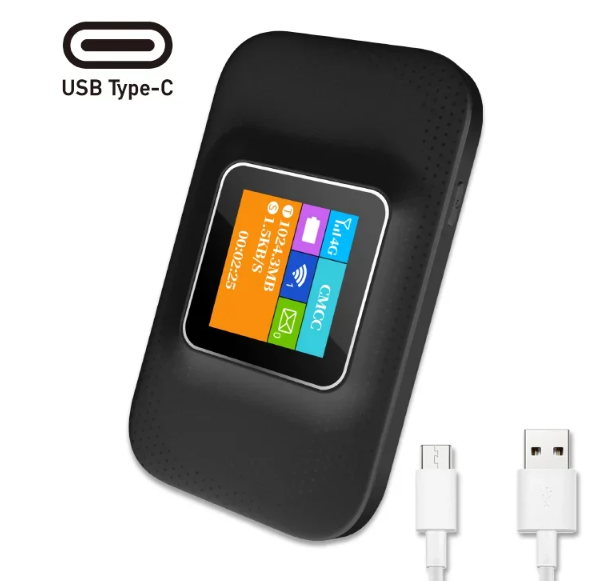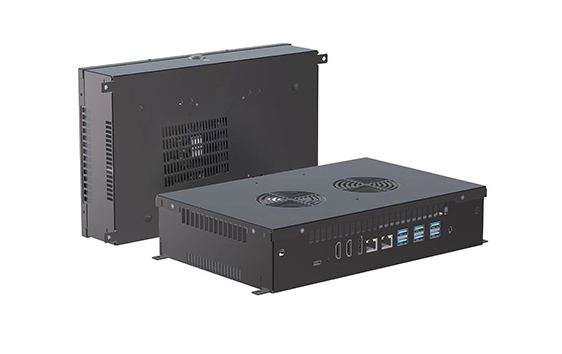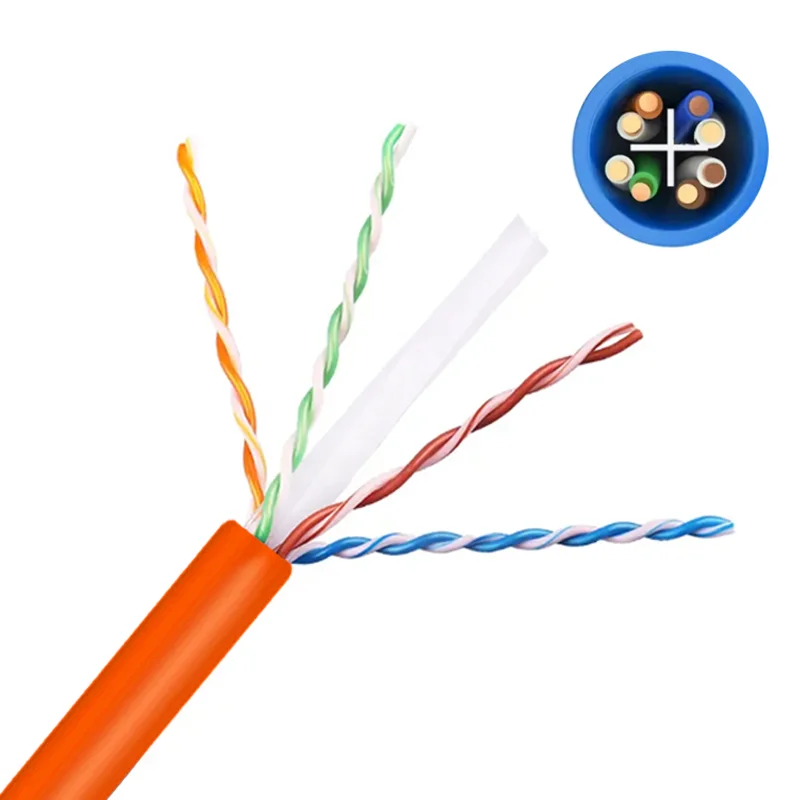Decoding Relays: A Comprehensive Guide to Choosing the Right Relay for Your Project
When embarking on an electronics project, one of the critical components you may encounter is the relay. Relays serve as electromechanical switches that allow you to control a high-power circuit with a low-power signal. However, with a plethora of relay types and specifications available in the market, the question arises: How do I know which relay to buy? This article aims to provide a detailed guide to help you navigate the complexities of relay selection, ensuring you make an informed decision tailored to your specific needs.
Understanding Relay Basics
Before diving into the selection criteria, it's essential to grasp the fundamental concepts of relays. A relay typically consists of an electromagnet, an armature, and a set of contacts. When an electric current flows through the coil, it generates a magnetic field that moves the armature, either opening or closing the contacts. This mechanism allows a low-power circuit to control a high-power circuit safely.
Key Factors to Consider When Choosing a Relay
- Relay Type
- Electromechanical Relays (EMR): These are the most common type, ideal for general-purpose applications. They are robust and can handle a variety of loads.
- Solid State Relays (SSR): These are suitable for high-speed switching and applications requiring silent operation. They have no moving parts, which enhances reliability.
- Reed Relays: These are compact and suitable for low-power applications. They are known for their fast switching times and low power consumption.
- Coil Voltage
- The coil voltage is crucial as it determines the relay's compatibility with your control circuit. Common voltages include 5V, 12V, and 24V. Ensure that the relay's coil voltage matches the output of your control device to avoid damage.
- Contact Configuration
- Relays come in various contact configurations, including Normally Open (NO), Normally Closed (NC), and Changeover (CO). Understanding your circuit's requirements will help you choose the appropriate configuration. For instance, NO contacts are ideal for applications where the circuit should remain off until activated.
- Current and Voltage Ratings
- Each relay has specific ratings for the maximum current and voltage it can handle. It's vital to select a relay that can accommodate the load of your application. Exceeding these ratings can lead to relay failure or even catastrophic circuit damage.
- Switching Speed
- Depending on your application, the switching speed may be a critical factor. EMRs typically have slower switching times compared to SSRs. If your project requires rapid on/off cycles, an SSR may be the better choice.
- Environmental Considerations
- Consider the operating environment of your relay. Factors such as temperature, humidity, and exposure to dust or chemicals can affect relay performance. Look for relays with appropriate environmental ratings if your application is in harsh conditions.
- Size and Mounting Options
- The physical size and mounting style of the relay are also important. Relays come in various packages, including PCB mount, panel mount, and socket mount. Ensure that the relay fits within your project's spatial constraints.
- Cost and Availability
- Finally, consider your budget and the availability of the relay. While it may be tempting to choose the cheapest option, ensure that the relay meets all your specifications and quality standards.
Practical Steps to Select the Right Relay
- Define Your Requirements: Start by outlining the specific needs of your project, including load specifications, control voltage, and environmental conditions.
- Research and Compare: Utilize online resources, datasheets, and manufacturer specifications to compare different relay options. Pay attention to reviews and recommendations from other users in similar applications.
- Consult Experts: If you're unsure, don't hesitate to reach out to professionals or forums dedicated to electronics. Experienced individuals can provide valuable insights and recommendations.
- Prototype and Test: If possible, prototype your circuit with the selected relay to ensure it functions as expected. Testing can reveal any unforeseen issues before final implementation.
Conclusion
Choosing the right relay is a critical step in ensuring the success of your electronic project. By understanding the various types of relays, their specifications, and your project's requirements, you can make an informed decision that enhances both performance and reliability. Remember, a well-chosen relay not only simplifies your circuit design but also contributes to the longevity and safety of your overall system. With this guide, you are now equipped to tackle the question: How do I know which relay to buy? Happy building!






